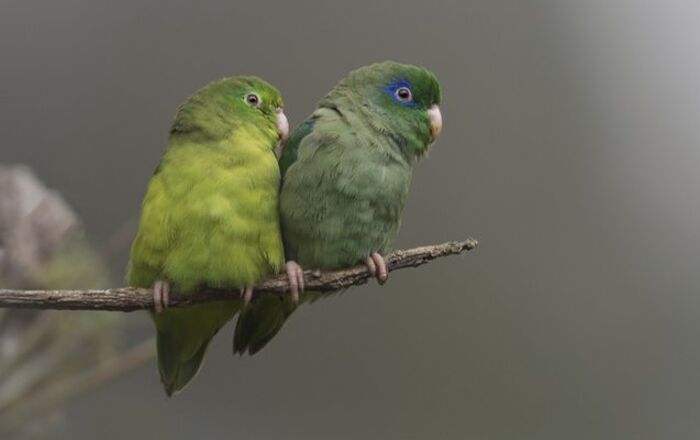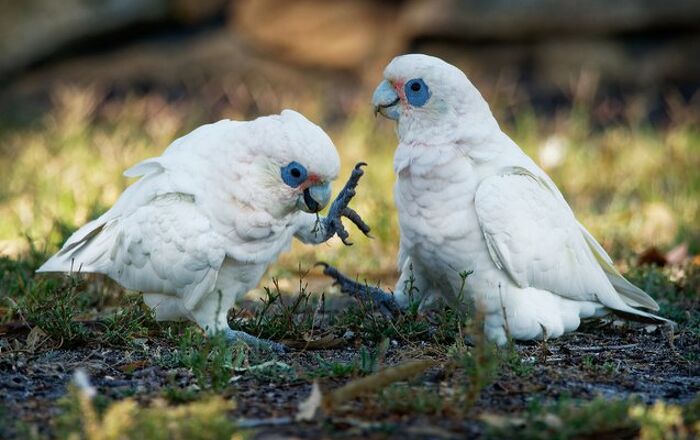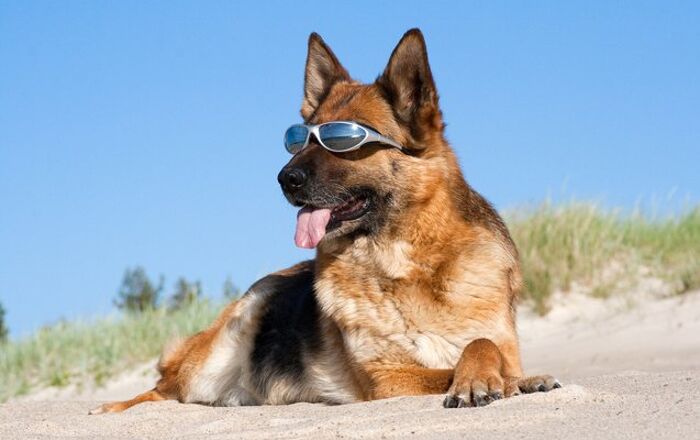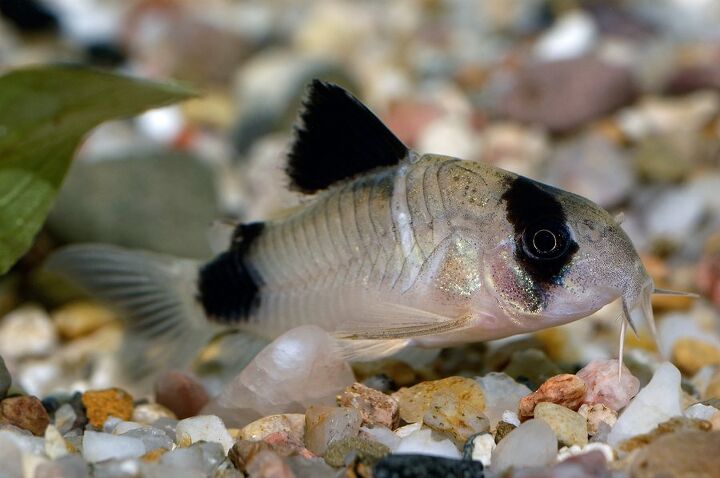
Corydoras Catfish General Description
The name Corydoras is given to species belonging to the armored catfish family within the subfamily Corydoradinae. Also known as cories or cory catfish, Corydoras catfish are generally docile fish that do well in a community setting. With their cute little “mustachios”, these fishes are a scaled-down, miniature version of a classic catfish. Being well known as an aquarium pet, the cory catfish can display a wide range of unique and fun patterns and colors. In optimal surroundings they showcase a great temperament and plenty of favorable features – all of which make them ideal aquarium fishes. These catfish are bottom feeders and they are best kept in groups with six or more of their own species.
Corydoras catfish are generally docile fish that do well in a community setting.
Origins
Different species of Corydoras catfish can be found in different areas, but most are distributed throughout South America. These fish tend to inhabit quiet, slow moving waters where the bottom is heavily planted or covered with mud and detritus. This means that they are commonly found in small streams, marshlands, river margins, and ponds. These environments allow them to engage in bottom feeding along the murky waterbed, where they get necessary nutrients from the bottom deposits. Of course, this somewhat inhospitable natural environment allowed the corys to become hardy and resistant, and quite easy to thrive. And these attributes are perfectly transferred to their life as aquarium fish. Still, they do not do well in salt water, so keep that in mind.
Color
Corydoras catfish come in a variety of colors and patterns, though most exhibit some combination of black, gray, or brown in their coloration. Many Corydoras species exhibit spots or bars of color on their bodies and fins, though there are albino variations of several species as well. Their diverse coloration makes them quite a unique addition to any aquarium. In some cases, they can blend in perfectly with the bottom layers of sand, detritus, or silt. Then again, certain spotted color patterns can make them stand out easily. Either way, corys can be the true masters of aquarium camouflage, and it can take you quite a while to find them once they are hunkered down at the bottom. For those who love unique and mesmerizing patterns, bright colors, shimmering hues, and a unique presence in the tank, a Corydoras catfish can be the ideal addition to any setting.
Maintenance and Care
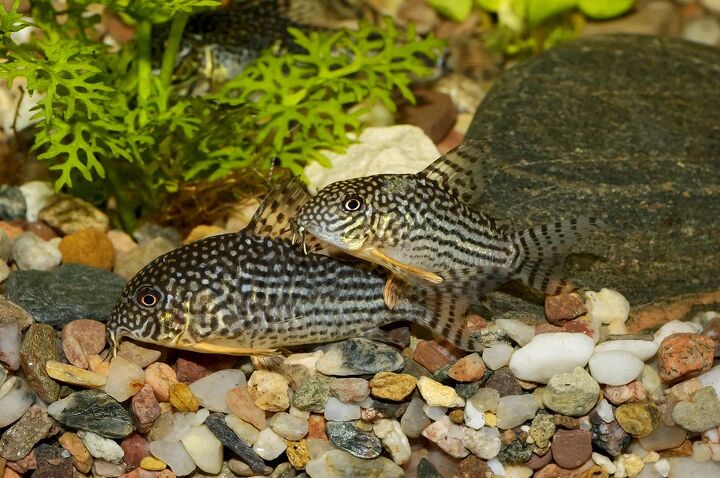
Because these catfish come from the tropical regions of South America they prefer warm, slightly hard water with a pH between 6.0 and 8.0 as well as a water hardness level between 5 and 19 dGH. The ideal temperature range for Corydoras is between 68°F and 82°F. These fish prefer planted tanks with plenty of hiding places available, especially with broad leafed plants for spawning. Corydoras catfish are fairly hardy and easy to keep with other community species, though they do not do well in tanks with high nitrate levels and hard substrate should be avoided so they do not damage their barbels. Keep in mind that corys tend to work well with other fish in the aquarium. They are not aggressive, and will spend their time hunkered down or merrily rummaging for food on the aquarium’s bottom. Contrary to some other fish breeds, corys tend to be most active around twilight. Also, it is worth knowing that a Corydoras Catfish can be quite the long-lived fish. In an ideal aquarium setting, corys can often reach a lifespan of 20 years! One example reached a ripe old age at 27 years old! Talk about a hardy fish!
Corydoras catfish come in a variety of colors and patterns.
Feeding
Corydoras catfish are bottom feeders and scavengers that will feed on various types of detritus including decomposing plant material and uneaten fish food. These fish will also eat small insects and crustaceans as well. In the home aquarium, Corydoras catfish should be fed sinking wafers or pellets as well as some live and frozen foods as a supplementary diet. To ensure they are getting the very best for them, and that they can reach their lengthy lifespan, always consult with an experienced aquarist or your vet – they can provide valuable advice and point you towards the best fish food.
When overall conditions in the tank are considered, one behaviour pattern by the cory can be a great indication. These fish have a tendency to dart towards the surface and grab some air on top. They do this a few times a day and it is completely normal. However, if you observe this numerous times per day, it indicates that the quality of the water in the aquarium is not good. Act accordingly!
Breeding Info
Sexing Corydoras catfish can be tricky but females tend to be larger and more full-bodied than males. All Corydoras catfish are egg layers and they tend to deposit their eggs on flat surfaces such as rocks, plant leaves, and the walls of the tank. This practice often makes eggs easy to observe. Corydoras can sometimes be encouraged to spawn by systematically lowering the tank temperature by a few degrees over the course of several days to simulate the rainy season.
Aquarium Varieties
There are more than 150 species of Corydoras catfish but some of the most popular species for the home aquarium include Aldofo’s Corydoras, Bronze Corydoras, Skunk Corydoras, Sterba’s Corydoras, Emerald Corydoras, Pygmy Corydoras, Panda Corydoras, Peppered Corydoras and Albino Bronze Corydoras. This amazing diversity is amongst the best ones in the world of aquarium fish – it gives plenty of choices for every enthusiast. Hale, hearty and pretty, the cory is ideal!
Photo credit: Neryx/Bigstock





